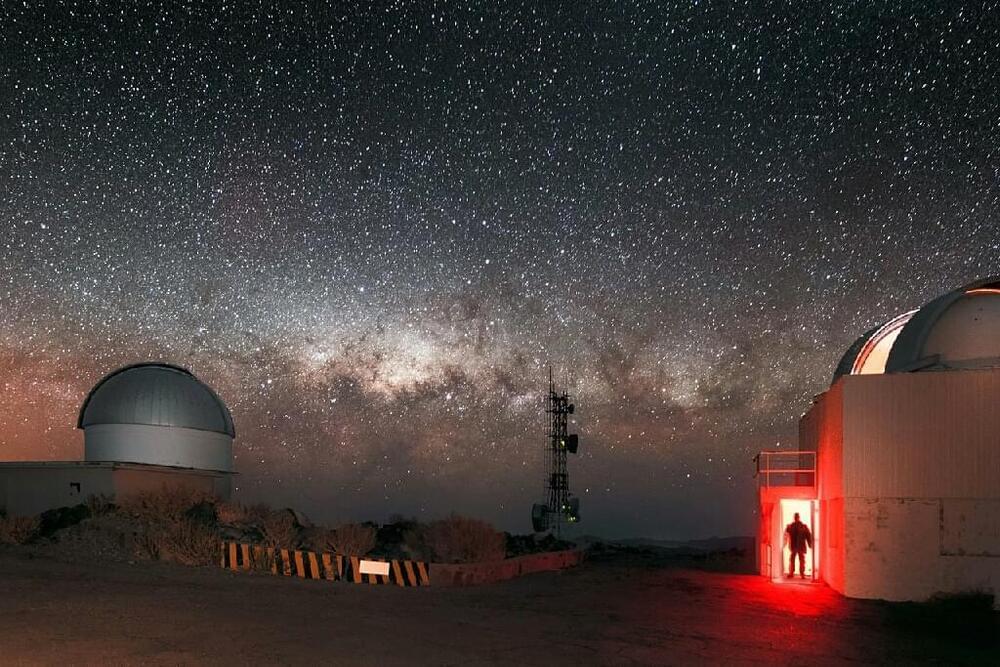
Get the latest international news and world events from around the world.


A portable wind turbine that fits in your backpack? Yes please
Canadian company Aurea has developed a portable wind turbine that fits in your backpack. Called Shine, it weighs just three pounds, it’s about the size of a water bottle, and it can charge any USB device, or up to four phones (though not at the same time). The turbine is shaped a bit like a mini Zeppelin. It features three gently curved blades that fold out like flower petals and a collapsible tripod that is stored inside. The product launched on Kickstarter last year and on Indigogo last week. It has raised over $270,000 so far and will be shipping in a matter of months–just in time for camping season.
Humans have been harnessing the wind for centuries, but it has always required massive infrastructure, be it windmills or wind turbines. In recent years, engineers and designers alike have taken it upon themselves to reinvent the technology by playing with scale and form (think wind turbines integrated into walls or giant grids made of tiny turbines). But Aurea’s founders had a different goal in mind: Make wind power portable.
Shine can be used during a blackout at home, and serve anyone who needs access to energy while not attached to the grid. But its most likely users are going to be campers, RVers, and nomads, making weight a crucial factor. “People said, ‘We won’t carry it if it weighs more than three pounds,’” says Cat Adaley, a mechanical engineer who founded Aurea in 2017 and developed Shine with entrepreneur Rachel Carr. “Every design feature was weighed.” (The battery makes up a third of the weight, and the turbine is made of polycarbonate reinforced plastic with a glass composite; the tripod is aluminum.) All of this helped the founders create a portable turbine that has the highest power to weight ratio of any renewable energy at this scale, Adaley says.

Ancient Cave Art in Alabama May Be The Largest Ever Found in North America
New details of our past are coming to light, hiding in the nooks and crannies of the world, as we refine our techniques to go looking for them. Most lauded is the reconstruction of the evolution of humanity since our African origins around 300,000 years ago, by analyzing our living and fossil DNA.
Replete with the ghosts of African and Eurasian populations of the deep past, these have been resurrected only through the ability of science to reach into the world of the minuscule by studying biomolecules.
Now, digital analysis of rock surfaces reveals how other ghosts of the deep past – this time from almost 2,000 years ago in North America – have been coaxed into the light.


Humans are the Mind of the Cosmos to The Unnerving Origin of Technosignatures
This week’s “Heard in the Milky Way” offers audio and video talks and interviews with leading astronomers and astrophysicists that range from Would Data from an Alien Intelligence be Lethal for Us to Neal Stephenson on Sci-Fi, Space, Aliens, AI and the Future of Humanity to Is Alien Life Weirder than We Think, and much more. This new weekly feature, curated by The Daily Galaxy editorial staff, takes you on a journey with stories that change our knowledge of Planet Earth, our Galaxy, and the vast cosmos beyond.

Western banks still operating in Russia are preparing to lose $10 billion collectively as they pull out of the country, a report says
Sanctions imposed on Russia over its invasion of Ukraine are forcing lenders and businesses to pull out of the country.
This visualization shows 22 X-ray binaries in our Milky Way galaxy and its nearest neighbor, the Large Magellanic Cloud, that host confirmed stellar-mass black holes. The systems are depicted at the same physical scale, and their orbital motion is sped up by nearly 22,000 times. The view of each bin.
NASA’s Black Hole Orrery — Spectacular Visualization of 22 X-Ray Binary Systems That Host Black Holes
This visualization shows 22 X-ray binaries in our Milky Way.
The Milky Way is the galaxy that contains the Earth, and is named for its appearance from Earth. It is a barred spiral galaxy that contains an estimated 100–400 billion stars and has a diameter between 150,000 and 200,000 light-years.
JPL & the Space Age: To the Rescue
JPL & the Space Age: To the Rescue.
In 1990, Hubble meant trouble. The highly touted space telescope was designed to escape Earth’s blurry atmosphere to capture unparalleled visual images of the universe, but its creators were shocked to discover that a minuscule flaw rendered it nearsighted.
Enter NASA’s Jet Propulsion Laboratory scientists and engineers, who offered up an ingenious solution to Hubble’s visual woes. But would it work?
Hubble wasn’t the only space misadventure getting JPL’s attention during the 1990s: The Magellan spacecraft, nicknamed “Salvage 1” for its reliance on spare parts, barely survived its arrival at Venus. Galileo, destined for Jupiter, barely skirted failure when its main communications antenna refused to unfurl. And Mars Observer, the first mission to the Red Planet in nearly two decades, would mysteriously disappear just before going into orbit.
“To the Rescue” explores these iconic examples of the tireless effort and indomitable ingenuity of JPL engineers as they attempt to rescue the machines they had lofted into the heavens.
Sirtuin 6 : Summary Of Key Points of Professor Cohen Interview | Modern Healthspan
There is a SIRT6 activator on the market but it is very expensive at a few hundred dollars.
We have had requests for a summary of the interview with Prof Cohen. This video is a summary of the key points from the interviews. As I note in the introduction, this is my interpretation of what Prof Cohen said, please check the original interviews if you have any questions. And please do feel free to let me know if you think I got something wrong!
Professor Haim Cohen is the director of the Sagol Healthy Human Longevity Center at Bar-Ilan University where he focuses much of his research on the SIRT6 protein. In May 2021 he and his team published a paper showing a 30% increase in lifespan in a mouse model by over expressing SIRT6.
Prof Cohen’s page at the university.
https://life-sciences.biu.ac.il/en/node/641
Prof Cohen’s Lab.
https://www.haimcohenlab.com/
Prof Cohen’s Paper on Sirt6 is here.